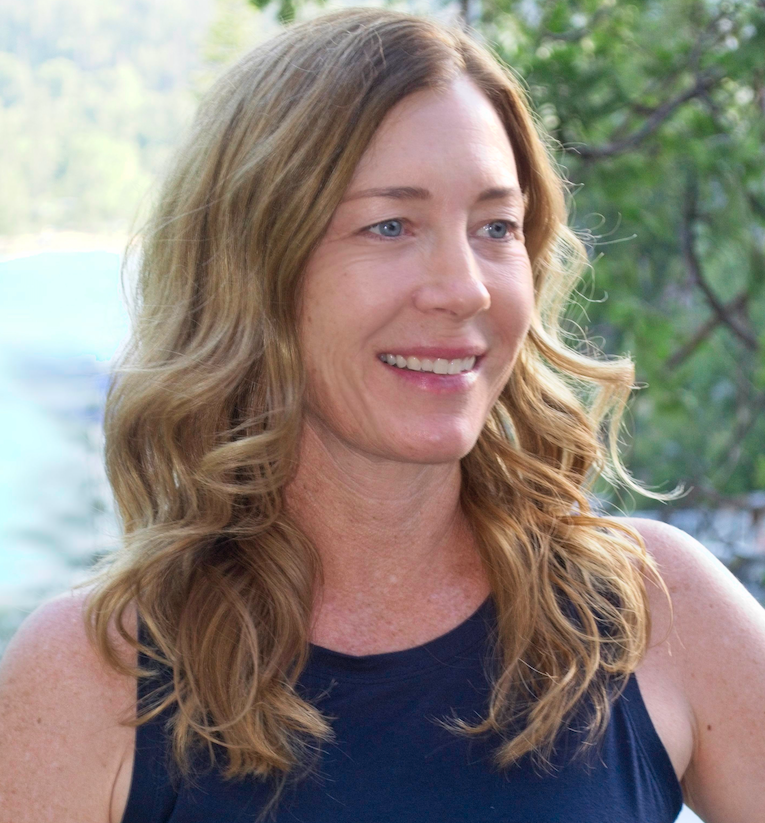Making the Transition to 4 Point RubricsMany of us are hopeful as we transition to 4 point rubrics that we will spend less time counting up points to measure degrees of completion and really focus on the learning goal(s) at hand. It appears that using a four point rubric based on learning goals is much easier and less time consuming to use than many of the traditional grading practices we have used in the past. Now that we have shifted our focus in TUSD to writing, some science teachers are feeling compelled to grade for spelling, grammar, neatness, format and other things that are way beyond the scope our unit learning goals. Every time you create or use a rubric, you need to ask yourself , "What is the learning goal of this assignment or unit?" And then grade only that!
|
Archives
December 2021
AuthorCari Williams has been developing her understanding of The Framework for K-12 Science Teaching and the NGSS through the development of curriculum, collaborative learning experiences with NSTA 3D Learning Cadre Members and as a Science Peer Review Panelist for Achieve. To learn more, please go to |
 RSS Feed
RSS Feed
